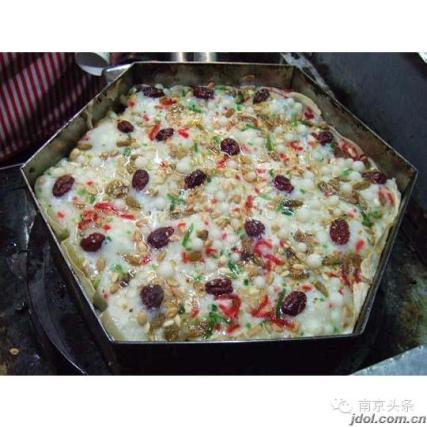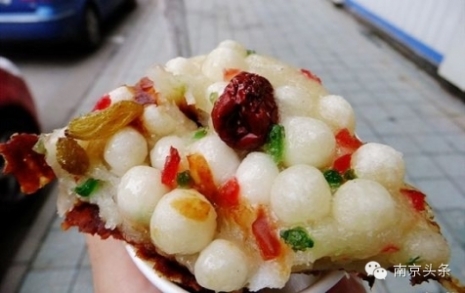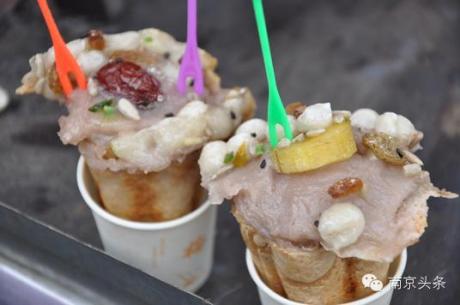When I was still a kid at the second grade of primary school, I remember there were two things that can really caught my attention “The Transformer” games and my grandma’s “red” short pork Ribs. It’s a sweet and unforgettable memory in my life, and also a way that my grandma showed her love to me.
Here’s the essential steps that I remembered when I was standing behind my grandma while she was cooking.
Ingredients:
Short pork ribs: 500g
Cooking wine: 1 tablespoon
Cooked Soy sauce: half tablespoon
Sugar: three tablespoons
Chicken salt: half a tsp
Uncooked soy sauce: one table spoon
Black vinegar: three tablespoon, put 1.5 tablespoon for each time
Salt: half a tsp
Sesame: half a tsp
Direction:
1. After rinsing 500g short pork ribs, cook the ribs in the water for 30 minutes. The pork rib soup can be saved for cooking noodles and later use, so don’t throw them away.
2.Marinate the short pork ribs with one tablespoon cooking wine, one tablespoon uncooked soy sauce, half a tablespoon cooked soy sauce, two tablespoons black vinegar for 20 minutes.

3. Take out the ribs for later use. Slightly pan fry the ribs with a little oil until the ribs turn golden yellow.

4.Put the fried short ribs, the marinated sauce, three tablespoons white sugar, half the meat soup cooked in step 1 in a pan, and finally add half teaspoon of salt to enrich the flavor. Adjust the cooking heat to the highest until the sauce is boiled.

5. Turn the cooking heat to small and put the slid on for 10 minutes, and then use high heat to steam out the sauce and put one tablespoon of black vinegar at the same time to add the flavor of sour.

6. Before taking the cooked ribs out of pan, sprinkle green onions, sesames and chicken salt around.

Let me know your versions of sweet and sour short pork ribs and share the photos to make everyone drooling.






























